Here is the schematic of the BJT diff amplifier, I wanted to solve (design). The task is from the book "Art of Electronics".
Exercise 2.18. Verify that these expressions are correct. Then design a differential amplifier to run from ±5V supply rails, with Gdiff = 25 and Rout = 10k. As usual, put the collector’s quiescent point at half of VCC.
Where "these expressions" are the differential gain, common mode gain and CMRR.

I did pretty much all of it, but there are 2 questions I still have regarding this circuit.
1) In the book it says that the condition for resistance is R1>>Re + re, where re = kbT/qIc, due to circuit stability and as one can see CMRR is proportional to R1. I also saw that in a lot schematics a current source drawn at the bottom, since ideal current source has infinitie resistance. Are there any drawbacks, namely are we losing something by making R1 -> infinity?
2) Input impedance.
For the same circuit, but a bit different resistor values,

there is an explanation in the book about input impedance that goes like this:
From the formulas just derived, this amplifier has a differential gain of 10 and a common-mode gain of 0.55. Omitting the 1.0k resistors raises the differential gain to 50, but drops the (differential) > input impedance from about 250k to about 50k.
How did they get these values? Usually ß = 100 was assumed in the book. From previous chapters for the common emitter amplifier, the input impedance is ß(Re + re) with and ß(re) without emitter resistor. Here Ic=0.1mA (transistor collector is biased at 0.5Vcc), so re = 250 Ohm. This gives us input impedance of 25 kOhm without and 125kOhm with emitter resistor, which is half the values they get. Why is that so?
3) Why R1 is not in the input impedance formulas, although it is in series with emitter resistors with respect to ground?

